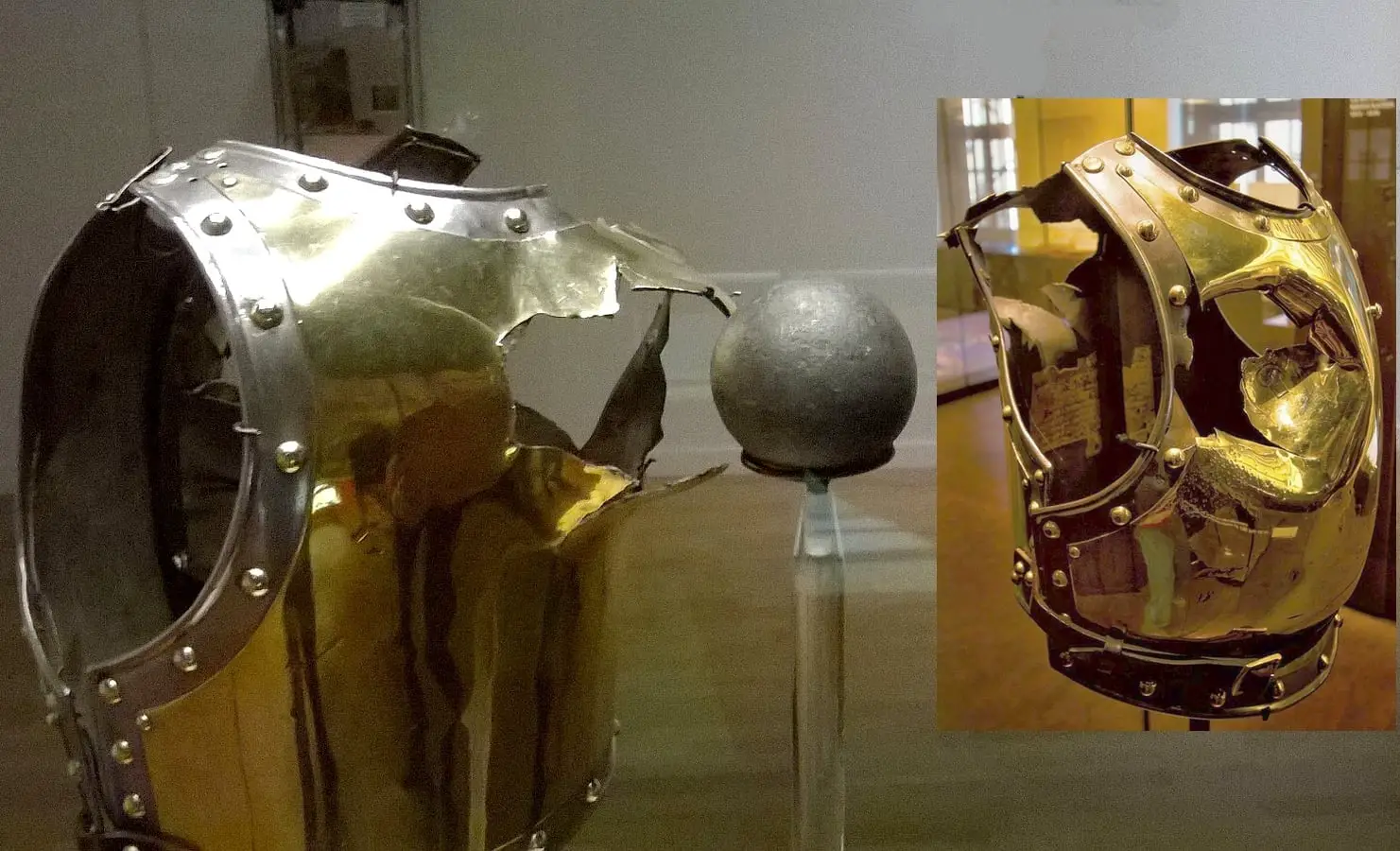The fate of one of Germany’s Elite Erich Hammon the Knight’s Cross holder
In Rendsburg Garrison May 1945, in prison cell 103 Lieutenant Colonel Erich Hammon awaits his fate.
Hammon had gotten himself in trouble, on the 7th of May 1945 he arrived in Flensburg via fishing boat after escaping from the Hela peninsula (today, Hel Poland) after abandoning the battered remains of his Panzer Artillery Regiment 103 (4th Panzer Division).

MV Wilhelm Gustloff
Hammon arrived at the port and was on his way to the German High Command to see if he could be of assistance. The scene at the port was one of chaos, a mix of civilian refugees with the worn and exhausted German troops who had managed to climb aboard anything that could float to escape falling into Soviet hands.
They were in fact the lucky ones, many never made it across, such as the passengers onboard the MV Wilhelm Gustloff which went to the bottom of the Baltic sea with nearly 10,000 souls onboard after taking three torpedoes from a Soviet Submarine.
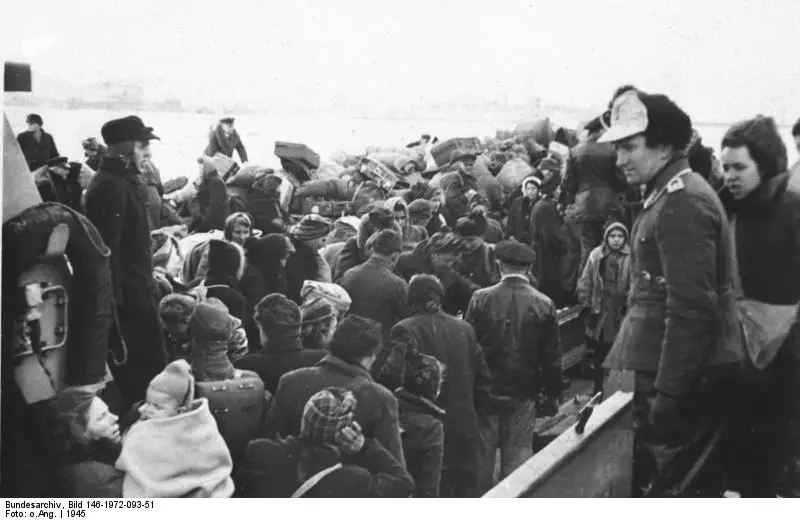
Unknown to Hammon was the fact that the English had already entered the area and were in control. Hammon spotted a disturbance between an old lady and a Soviet Prisoner of War, immediately he went to assist.
Hammon ordered a sentry to shoot
The old lady had just had her two golden watches stolen, and the perpetrator who now noticed tried to make an escape among the chaos. Hammon ordered a sentry to shoot but the sentry refused, he grabbed the rifle and shot the Soviet Prisoner of War who died on the spot.
Shortly after, English forces arrested Hammon, charged with unlawful use of a weapon, and the killing of an allied service person.
Initially Hammon was sentenced in absentia to death by firing squad. But whilst waiting on his appeal for clemency, the father of four now supplied with cigars and whiskey, a record player with Wagner and Beethoven by the English soldiers guarding him.
On hearing that his appeal was denied right from the top, with General Montgomery taking a special interest in the case. No doubt, Hammons actions were clearly unlawful due to the English already having taken the area.
Firing Squad
His actions as a German officer under German law would have been lawful, although the grey line of transition was to stop with Hammon. His actions were a clear example of what was not allowed and reinforced the allegiance between the Soviets and the other allied powers.
The sentencing would make it to the newspapers as far as the USA, the Associated Press covering the story.
With the news that he would face death by firing squad, Hammon would put pen to paper in a letter to his mother.
He thanked his mother for bringing him up proud and healthy, he comforted her by stating her life was not in vain, even after losing all her three sons to the war. Hammon pleaded with her to take care of his wife and children, and to stay strong in the hard times ahead.
What is striking is the pure love for his nation of which he had served with astounding bravery. The letter would never arrive, unknown to Hammon his mother had died in her home during an allied air raid over Bayreuth a few weeks before.
Execution
Hammon was executed in the old garrison town of Rendsburg by the British Army at 8am on the 30th of June 1945, of the eight shots two hit him in the face the others in his chest. He fell to the ground with a salute and the words ‘Hail Germany’.
The English soldiers allowed him to wear his medals up until the moment of the execution, removing his Soldbuch (Identity Papers) and Identity tag he carried through the whole war. The soldiers did not blindfold him nor did they tie his hands, obviously they had some sympathy for Hammon.

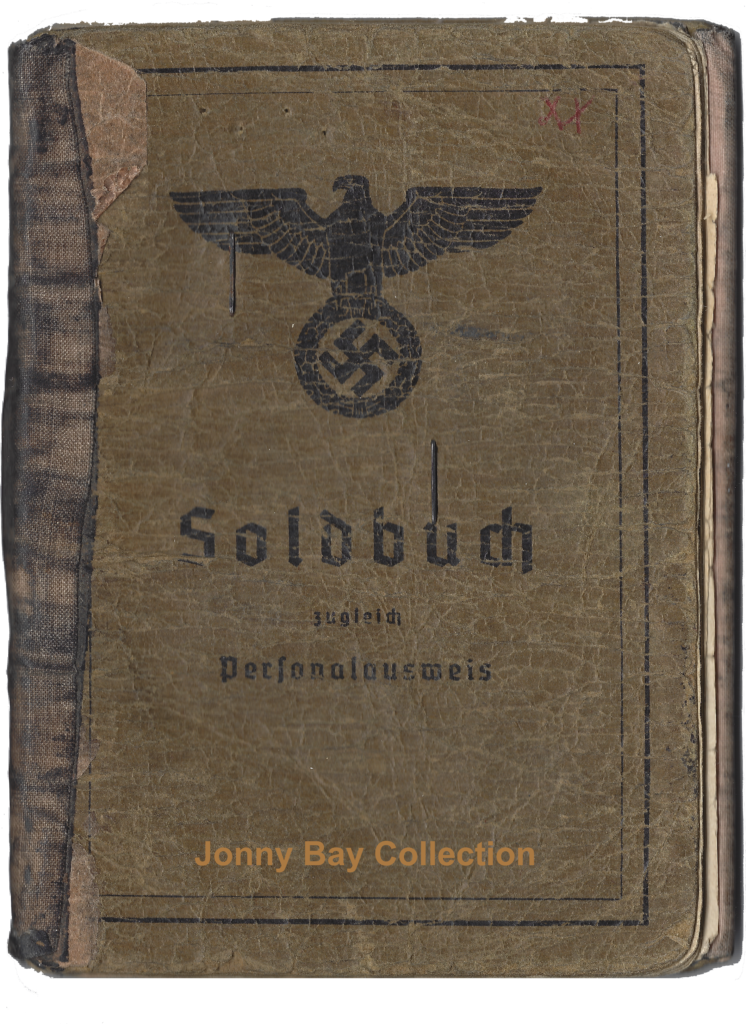
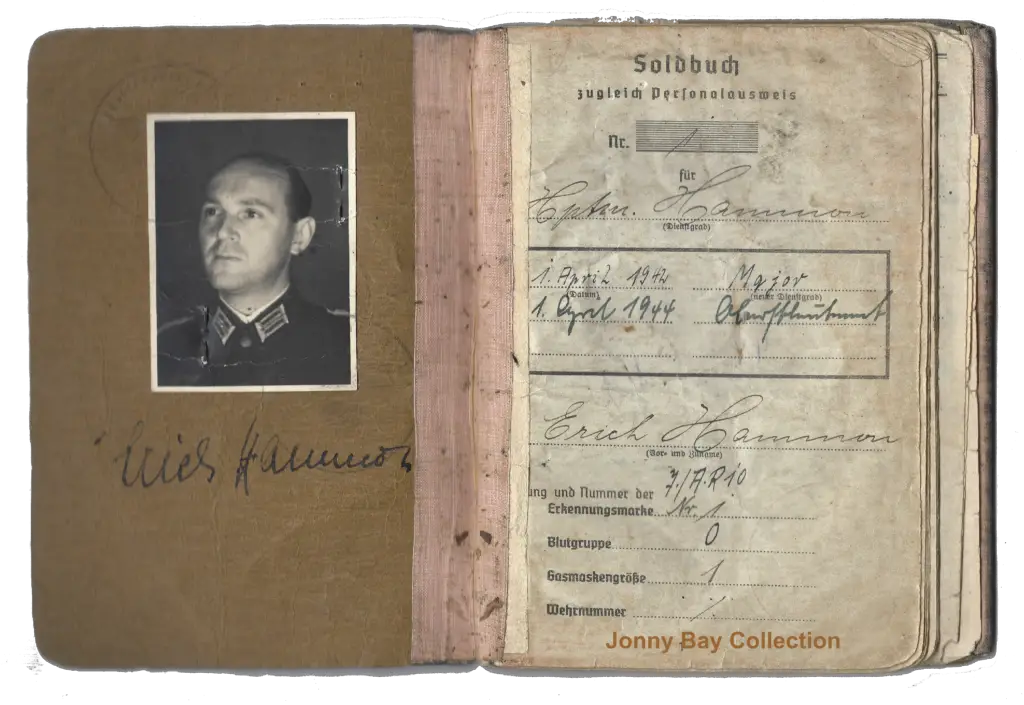
Who was Erich Hammon?
Erich Hammon joined the interwar German Army known as the Reichswehr in 1929, and signed up to serve Germany till 1958! Hammon soon raised the ranks to become an Officer commanding a battery in Artillery Regiment 10.
Taking part in the early campaigns of the Third Reich in the annexation of the Sudetenland in 1938 as well as the Anschluss of Austria the same year. As World War Two broke out in 1939, he was leading his battery for the first time in action through Poland, fighting from the first day till the end of the campaign they had taken part in the capture of Warsaw, and the famous failed Polish counter attack known as the Battle of Kutno. Hammon had already shown his skills as a battlefield commander, earning both classes of the Iron Cross which had just been reinstated by Adolf Hitler in September 1939.
Hammons’ unit would once again be called on during the battle for France in 1940, they stormed into France acting as flank protection on the Aisne Canal north east of Reims in May. Later moving through Verdun following the Muse river south of the Langres Plateau.
Managed to Dodge Death
By June 1941, Hammon was now a fully fledged Captain in charge of one of Germany’s newest weapon systems known as the StuG short for Sturmgeschütz, it was armed with a 7.5cm cannon with no turret to traverse it was a fully tracked and armoured making it a formidable opponent when assisting Infantry attacks.

Hammon had managed to dodge death, personally stepping into the lead StuG on the first day of the attack, he raced across the Brest-Terespol railway bridge which was wired for detonation by the Soviets.
The Soviet soldiers must have been in disarray with the sight of three StuGs racing across the bridge, they had failed to detonate the bridge and came under a hail of fire from Hammons men.
Hammon would push on after securing one of the most vital bridges into Russia. Soldiers and material poured into the fight at the Brest Fortress unhindered! Hammon would fight on taking the lead and showing extreme acts of bravery, taking the Belarussian city of Gomel, they would later push on 165 kilometres away from the gates of Moscow.
A night to remember!
One night during the winter of 1941, Hammon was alerted that one of his StuGs had broken the ice and needed to be pulled out. He was known as ‘Papa’ meaning father in German to his men, and always led from the front and by example.
He decided to go alone to inspect, but he turned the wrong way, in the snowy sleepy village and entered a small house after a short walk. Much to his surprise when he pushed the door open, sitting there were around twenty Soviet soldiers. He showed an iron will and sat down, taking his pistol and pouch of tobacco out of his pockets and offered them all his tobacco to roll.
The soldiers took him up on his offer and they spent hours staring at each other. Suddenly the door opened up and more soldiers entered from the cold and also started to smoke. Many of the Soviet soldiers had fallen asleep in the heat, and Hammon used a moment to make a run for it just as the sun began to rise.
German News
Opening the door and sprinting away they opened fire on him. He miraculously made it to cover and back to his own line! The story made it to the German news, and the legend had it that Hammon was never seen again without a full pouch of tobacco.
After the unsuccessful attack on the Soviet capital and the crushing winter of 1941/1942 Hammons unit was disbanded and he was to form a new elite from its corpus, the StuG Abteilung ‘Großdeutschland’. The Großdeutschland Division proved to be one of the most formidable units fielded during the Second World War.

With medals sent back to Russia 1943
Hammon returned to Germany with one of the most prestigious awards, the German Cross in Gold. He was one of the few early winners to be awarded, also he was one of only around 1,200 men to be awarded a special citation from the German Army High command. He had left an impression on his men and his superiors.
After he handed over his old unit and it was redesignated he was sent once again back to Russia, this time the southern sector and in charge of a full Artillery Regiment and a Motorcycle Battalion the division was recorded as going as far as the Caspian Sea.
Interestingly this led to a strange encounter for Erich Hammon and his men, they had on the Kalmyk Steppe ran into Kalmayk Buddists who welcomed them into their shelters, Hammon took a series of photos of the Buddists as his men played with camels and smiled for the camera.
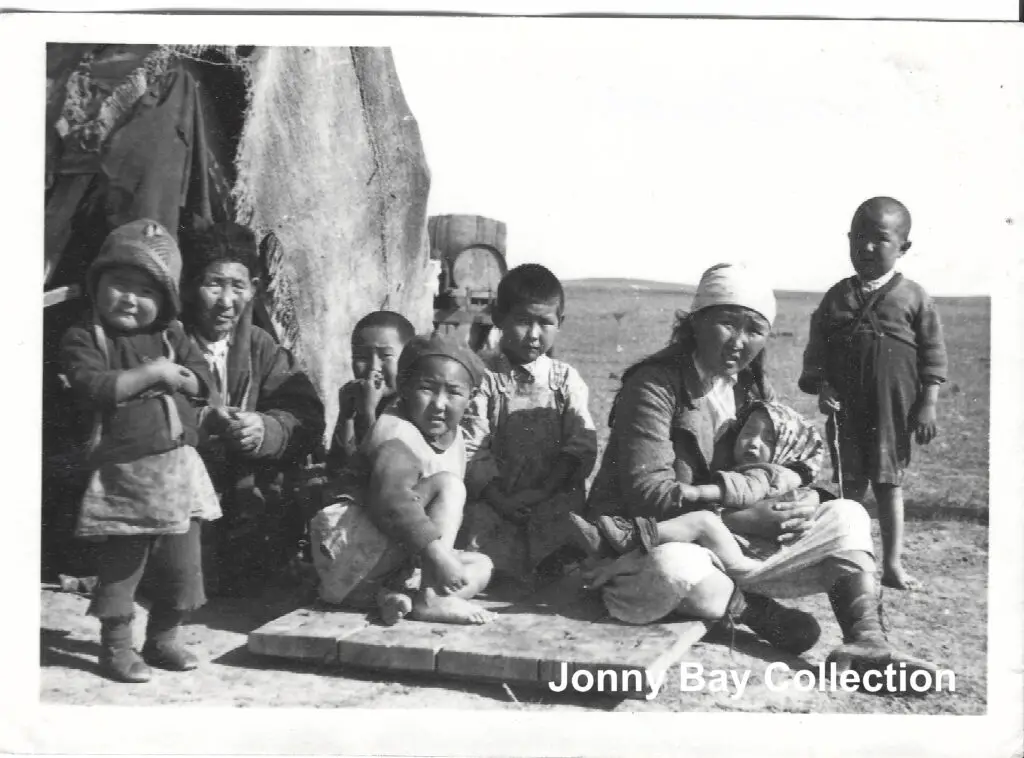

A great teacher and Leader
After the failed German attempt northwest to hold Stalingrad, Hammon who had been wounded already once on the Steppe was forced to move back with the division.
They had gone further east than any other German division, the heat on the Steppe and the Camels were a stark contrast to what he had experienced at the gates of Moscow in – 40 degrees.
Hammon was called back to Germany and would train other officers in combat tactics at the Artillery School in Berlin.
The commander of the school reported that Hammon was a great teacher and leader, who had the ability to influence others with his youthful leadership style. Moreover, he was recommended to take over a Regiment once again.
Interestingly, he was awarded a medal in December of 1943 for taking part in the defence of Berlin during an allied air raid. It would seem that wherever he was he was proactive.
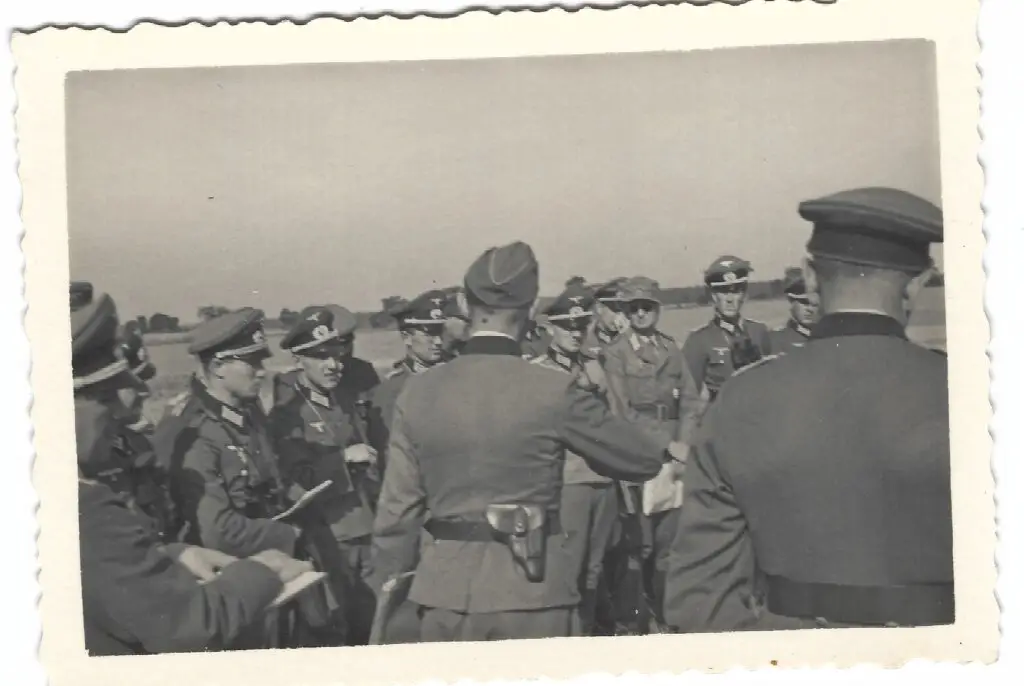
By April of 1944, Hammon was now promoted to Lieutenant Colonel. He was given command of Panzer Artillery Regiment 119 (11th Panzer Division) in July of 1944, and sent immediately to join his men. The unit was armed with the famous Wespe and Hummel self propelled artillery.
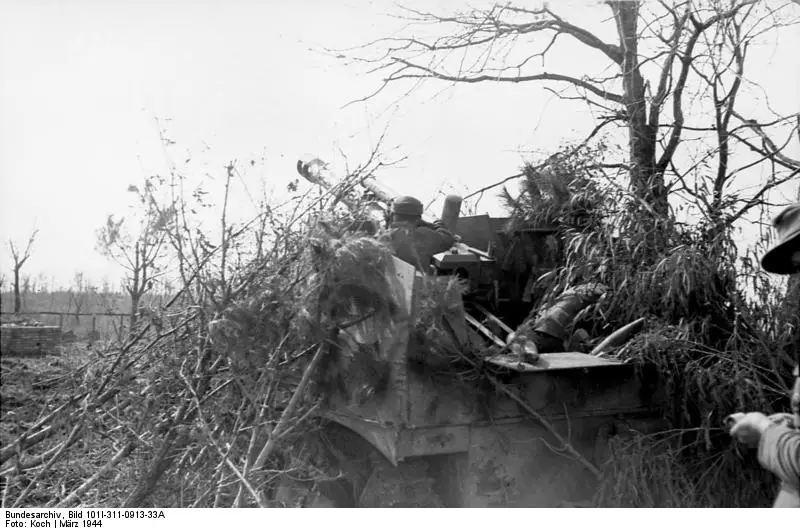
In late September of 1944, Hammon found himself in command of a Kampfgruppe (battle group) that was adored with his name, armed with around 25 tanks including Panthers from Panzer Brigade 113 and Panzer IVs and his artillery in support.
Battle of Arracourt : France 1944
The tanks bristled with soldiers ready for combat. Hammon was tasked with taking Hill 113 at Arracourt, his opponent was the 51st Armoured Infantry of the US Army. The battle raged on for around three days in the rain, a dire struggle of men and material Hill 113 changed hands several times.
Hammon who had used the bad weather to his advantage ran out of luck, on the morning of the 29th of September when the thick fog that offered him protection began to evaporate in the sunlight. By midday it was gone, and his men were fully exposed on the Hill, a volley of fire from P- 47 Thunderbolts ripped them apart, Hammon was forced to retreat.
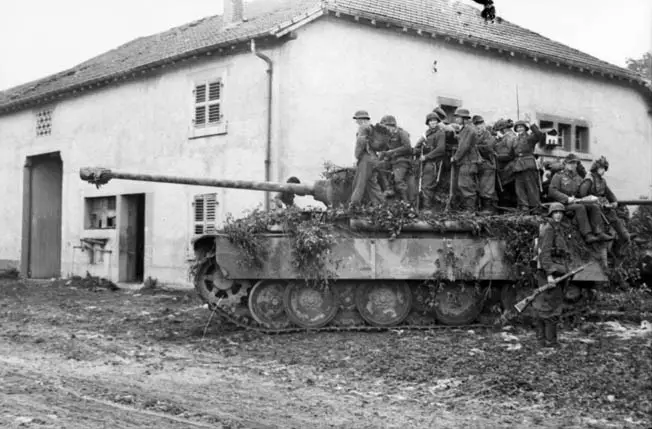
The Knight’s Cross Action
In January of 1945, Hammon was in the area of Saarburg, Germany with his unit. Hammon was standing in the command post when two messages arrived simultaneously, the US had advanced one sector with around 20 tanks and infantry, Hammon had realised this was a major danger not only to the frontline but this move could cut the division off if successful.
Hammon immediately organised his forces, took a radio and a half-track and advanced to the area. Arriving there, he went beyond the protection of his men and became effectively a spotter with a radio.
His messages directed the formidable fire storm down on the US Soldiers and tanks, the infantry was forced to seek cover and the tanks turned in retreat. In this action he not only saved the frontline, but the division from being encircled.
He was awarded Germany’s most prestigious award, the Knight’s Cross of the Iron Cross, one of the 7,161 official winners. Hammon received another set of orders, he was to return to the Eastern Front.
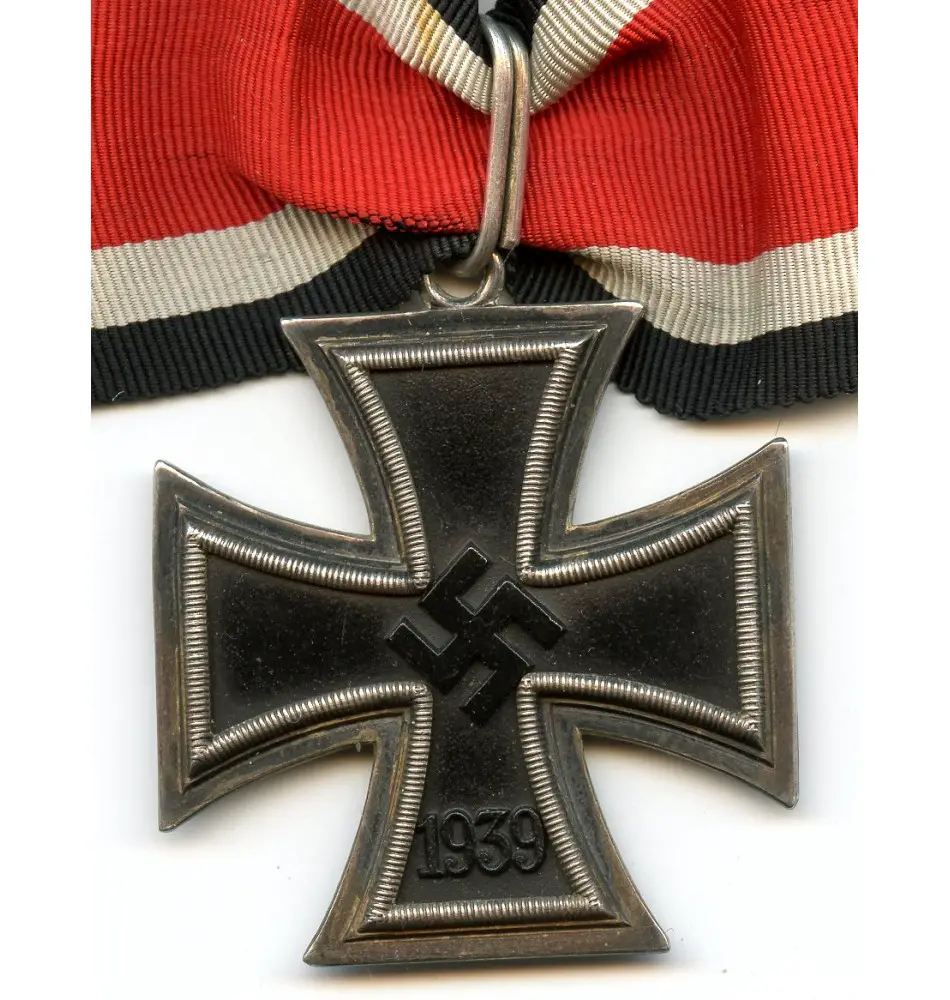
Danzig 1945
Arriving in February of 1945, his new unit Panzer Artillery Regiment 103 (4th Panzer Division) was engulfed in a new inferno. They had just escaped the final battles of the Courland Pocket in Latvia by ship, and were immediately put into combat.
Suffering huge blows from the lack of fuel and ammunition. The division was forced to hold a corridor open to the Gulf of Danzig (today, Gdynia Poland) in order to allow thousands of refugees to escape the oncoming Soviet forces.
By the 30th of April, Hammon stood at the foot of the grave of his divisional commander, General Betzel who was killed by a Soviet rocket attack. Betzel had also commanded Panzer Artillery Regiment 103 a few years before and rose the ranks to General.
Betzel was admired by his men and now Hammon was elected as the divisional representative at the funeral. Fighting till the final moments in Danzig, Hammon and the remnants of this unit made their way to the Hela peninsula (today, Hel, Poland), following orders to destroy their vehicles and equipment.

Hammon would make his way via fishing boat to Flensburg, where he anticipated to meet with the German High Command.
Career of a usual officer?
Erich Hammon was by no means a normal officer, even his commanders commented that he was well above average. He was experienced and showed extreme bouts of bravery, often well beyond what was expected of him.
Hammon served on both the Western and Eastern fronts, including all three German Army groups on the Eastern Front. What had happened to Hammon on the port at Flensburg in May 1945 was unfortunate, he had survived the whole war to get involved with a petty crime that was in fact nothing to do with him and unlawful.
If he did not intervene he would have likely had a long career in the post war German Army the Bundeswehr. Such as the Colonel Langkau, whom Hammon had replaced in February of 1945, Langkau went on to be a General in the Bundeswehr.
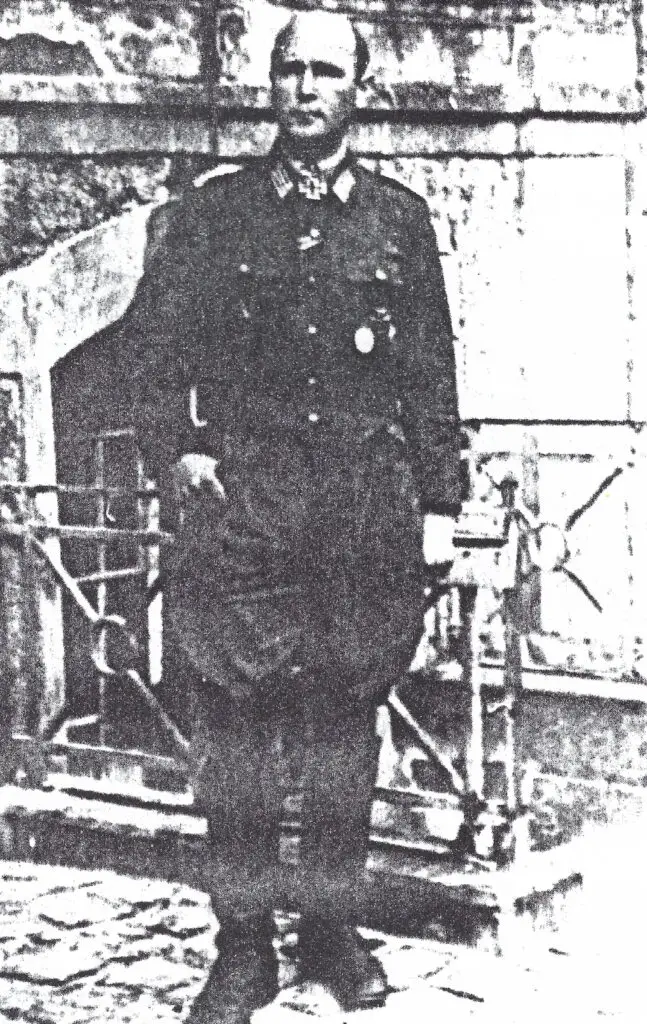
Jonathan Baynard: Author and Researcher




